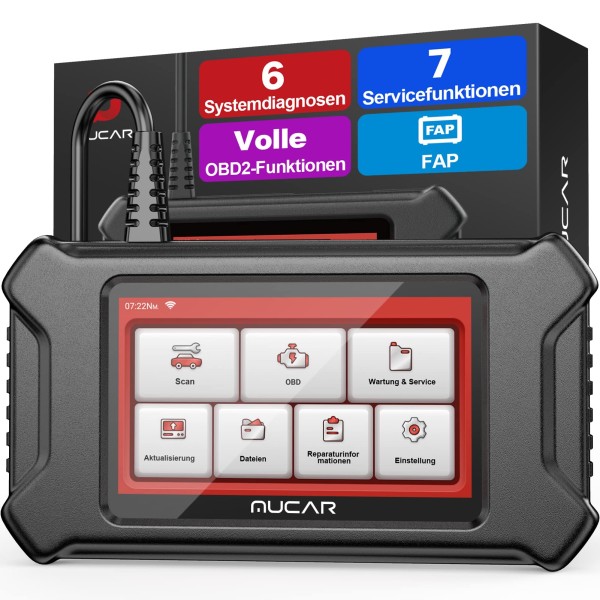A few weeks back my wife and I endured an uncomfortable late-afternoon hour sitting in our car, shivering and waiting for AAA roadside assistance. The outside temperature was a numbing 17˚F; it wasn't much warmer than that inside our vehicle. We'd stopped by a store, and afterwards, returned to the car, turned the ignition key…and heard a brief clunk. Tried again…barely a clunk. Without warning, not a single indication of weakness or problems beforehand, what I thought was a good battery had died a sudden death! We called AAA. The store had closed. So we had no inside refuge and no heater in the car. It was a COLD, LONG, wait! And with chattering teeth, I vowed to NEVER get caught in a similar situation again. This MUCAR JS501 Jump Starter is my insurance policy! When the roadside assistance driver arrived, they used a very similar looking unit to jump the battery and give us a start. Our rescue took them about two minutes! They also read the code that told them it was indeed a failed rather than low-charged battery. A fact confirmed by the car dealership at which my wife works. A few days later, I needed to jump the battery on a friend's woodsplitter. My new battery took care of that just fine, but I had to do a lot of jockeying to get car and splitter within hook-up distance. This hand-held unit would have made the whole thing a breeze. I've done enough subsequent research, asked around, shopped, etc. to know this is a quality charger. And a good price. What's a charge worth when you need it? In my experience, a dead battery never happens at a convenient time—you're always in a hurry, needing to be somewhere, and with barely time enough to get there. It will likely be raining, sleeting, snowing, or 17˚F—and you'll be stuck in the boonies or on the side of a busy Interstate, or somewhere where you'd absolutely rather not be. I carry a spare tire; now I have a spare jump start!















